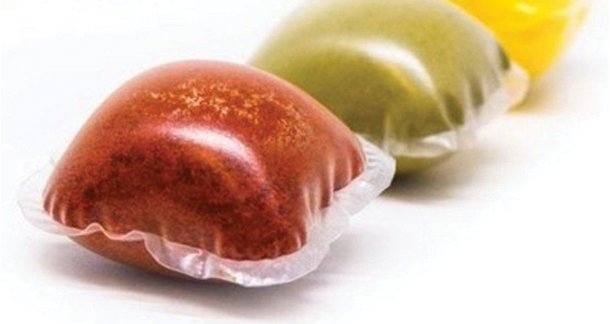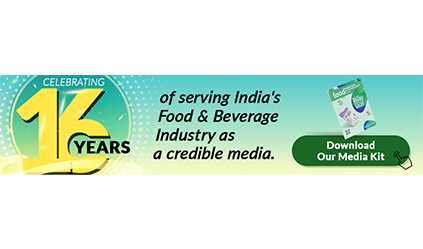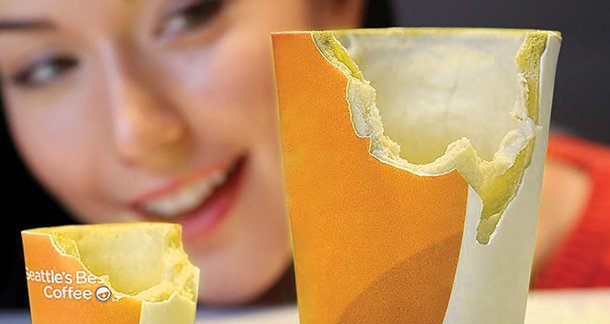By Mulla Sai Teju
Packing: is typically the last step, where items that have been packed are further placed into larger boxes, courier bags, bubble envelopes, cardboard, cartons, or any other container. Nonetheless, packing and packaging are frequently used synonymously.
Packaging is the art of displaying a product. It is more important to focus on the end product’s appearance, colour, design, or presentation when it is wrapped in a material to draw in customers. In addition to luring consumers, packaging has a big impact on whether or not they decide to buy a product.
History of packaging:
In India, people used plant leaves to cover or hold food throughout the prehistoric era, which may have contributed to the necessity for food packing to evolve. The idea of food product protection has emerged as civilization has developed in response to the growing demands. In order to preserve meals, packaging materials were created up to the 1800s using naturally occurring objects like leaves, gourds, and shells. Bamboo, wood, and grasses were being woven into baskets. Pottery, paper, and glass were a few of the first materials shaped into food containers. It took more than 150 years for food packaging to evolve and eventually take on its current shape.
Different packaging methods:
The shelf life of a food product is largely determined by the type of packaging used. Choosing the appropriate technology and materials for packing is crucial for preserving the product’s quality during storage and delivery. Glass, metal, plastic, paper, and paperboard are among the packaging materials that have historically been used in food packaging. To take advantage of each material’s unique functional or aesthetic qualities, food packaging materials nowadays frequently combine several different materials. The commonly used materials for packaging are paper, metal, and plastic. Paper is a type of primary packaging method that is easy to pack or wrap around, but is not effective for wet products and liquids. Metal includes aluminium, as it is ductile nature helps made into sheets like aluminium foils, covers and use to wrap foods easily and store food hot for period of time. Plastic has numerous safety problems, but because of its low cost and practical benefits—such as its microwave ability, thermostability, optical qualities, and infinite size and shape—it is becoming a more popular material for food packaging than more conventional materials like glass and metal. Polymerization of monomer units through addition, condensation, or crosslinking is the process used to create plastics.
All these methods are common and there are many disadvantages to these types of packaging where many natural and edible methods of packaging can be encouraged.

Edible packaging:
Edible films and coatings offer value since they are made from industrial food production wastes, agricultural wastes, or both. The necessity for natural and environmentally friendly meals is met by this type of packaging material. Proteins derived from plants and animals, as well as biopolymers comprising polysaccharides such as cellulose, starch, chitosan, pectin’s gums and alginates are used to crate edible coatings and films. Although traditional packaging materials cannot be entirely replaced by this technology, it can lower the cost and weight of traditional packaging. Utilizing these packaging materials can enhance the food preservation process by fulfilling the fundamental role of acting as a barrier against gases and moisture and controlling the release of nutrients and food additives into the packaged food. The common seen edible packaging is Ice-cream cone which is convenient and eco-friendly. Hard Cookie Coffee Cups: These cups cut down on waste because they are composed of edible materials. Sweet Gelatin Packaging: Food products can be enclosed in gelatin-based packaging.
Rice paper or potato fibre candy wrappers: wrappers derived from sustainable sources as rice paper and potato fibre or corn fibre an alternative to plastic.
Mulla Sai Teju
B.voc Nutrition and Health care sciences
Sri Padmavati Mahila Visvavidyalayam



